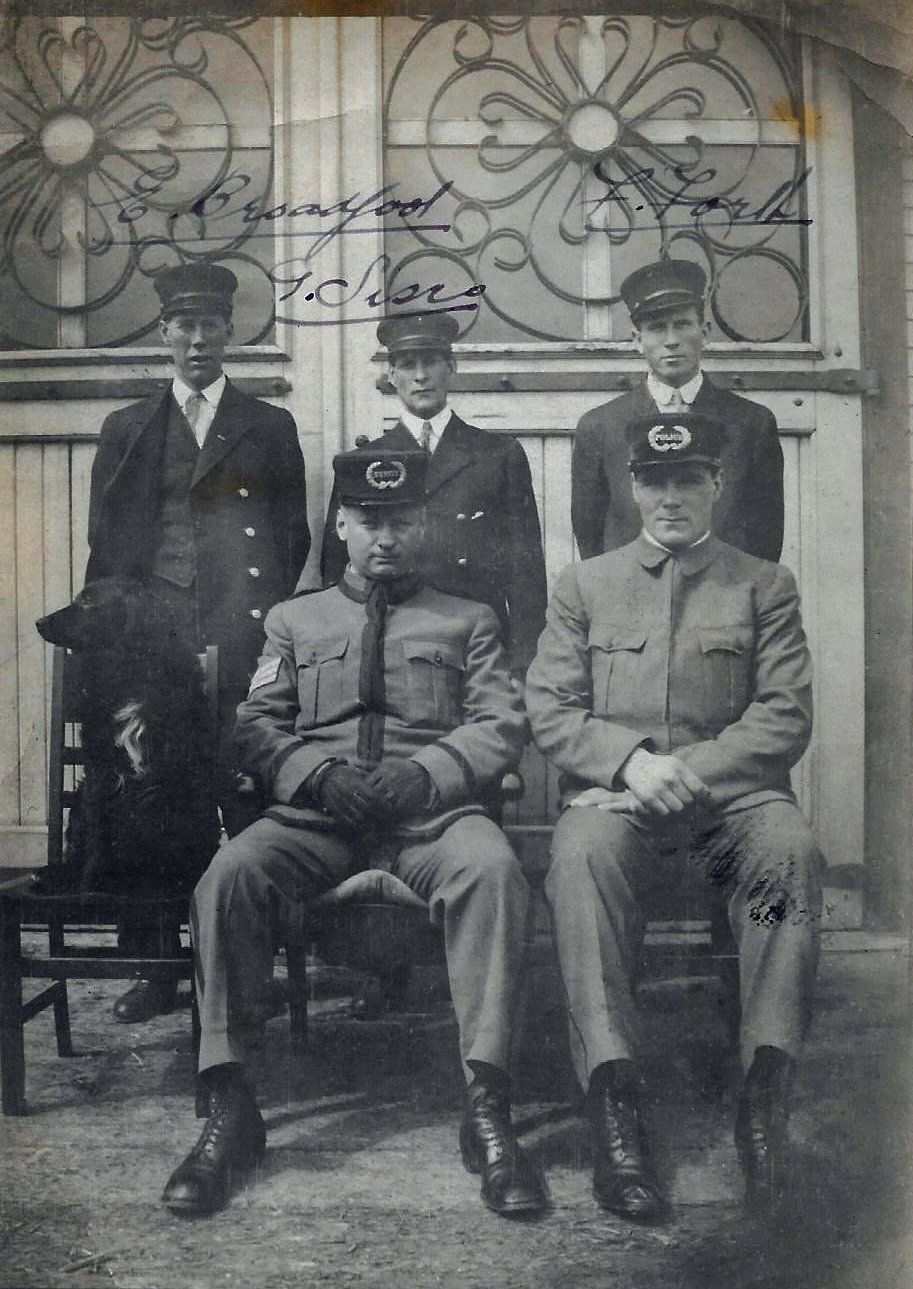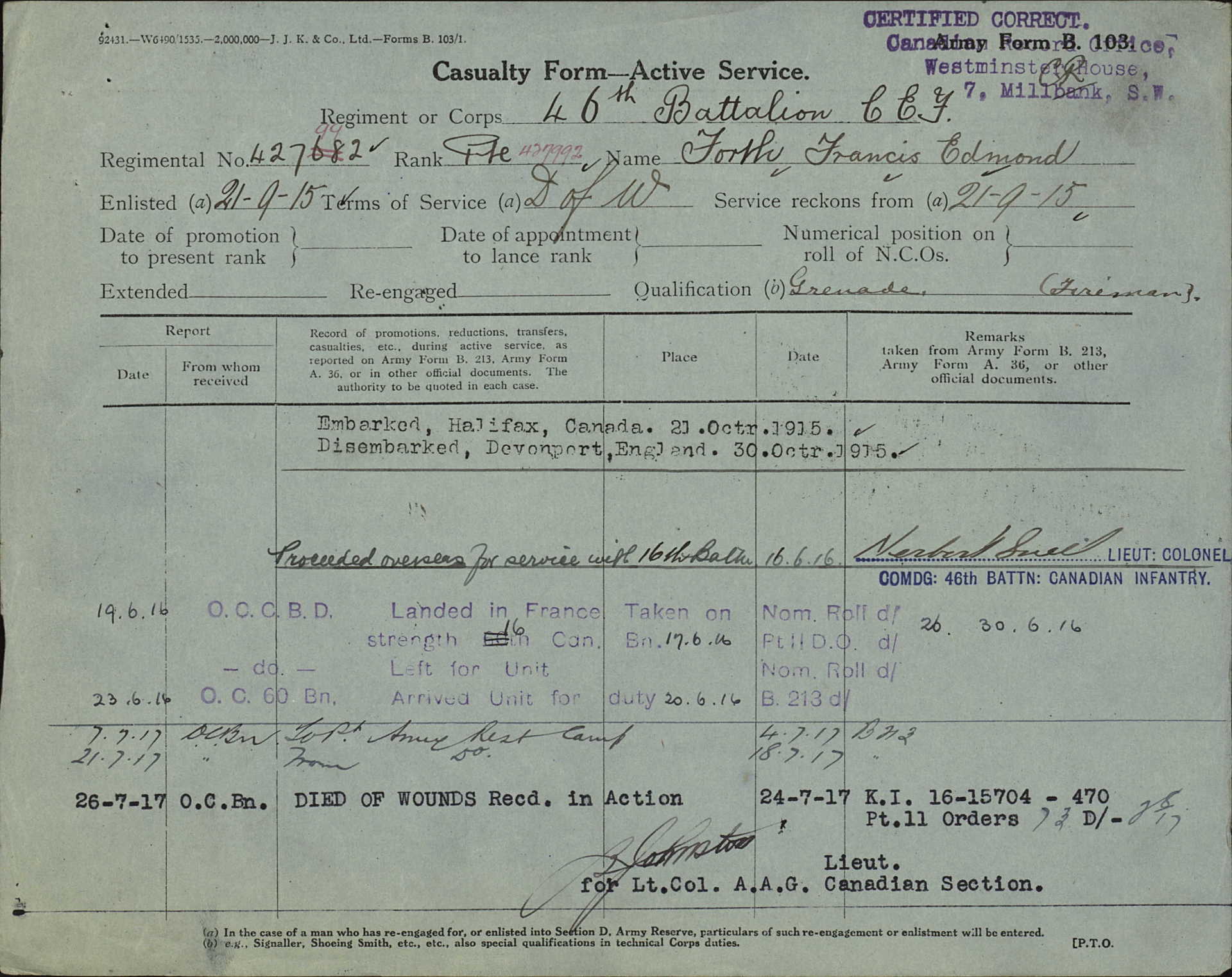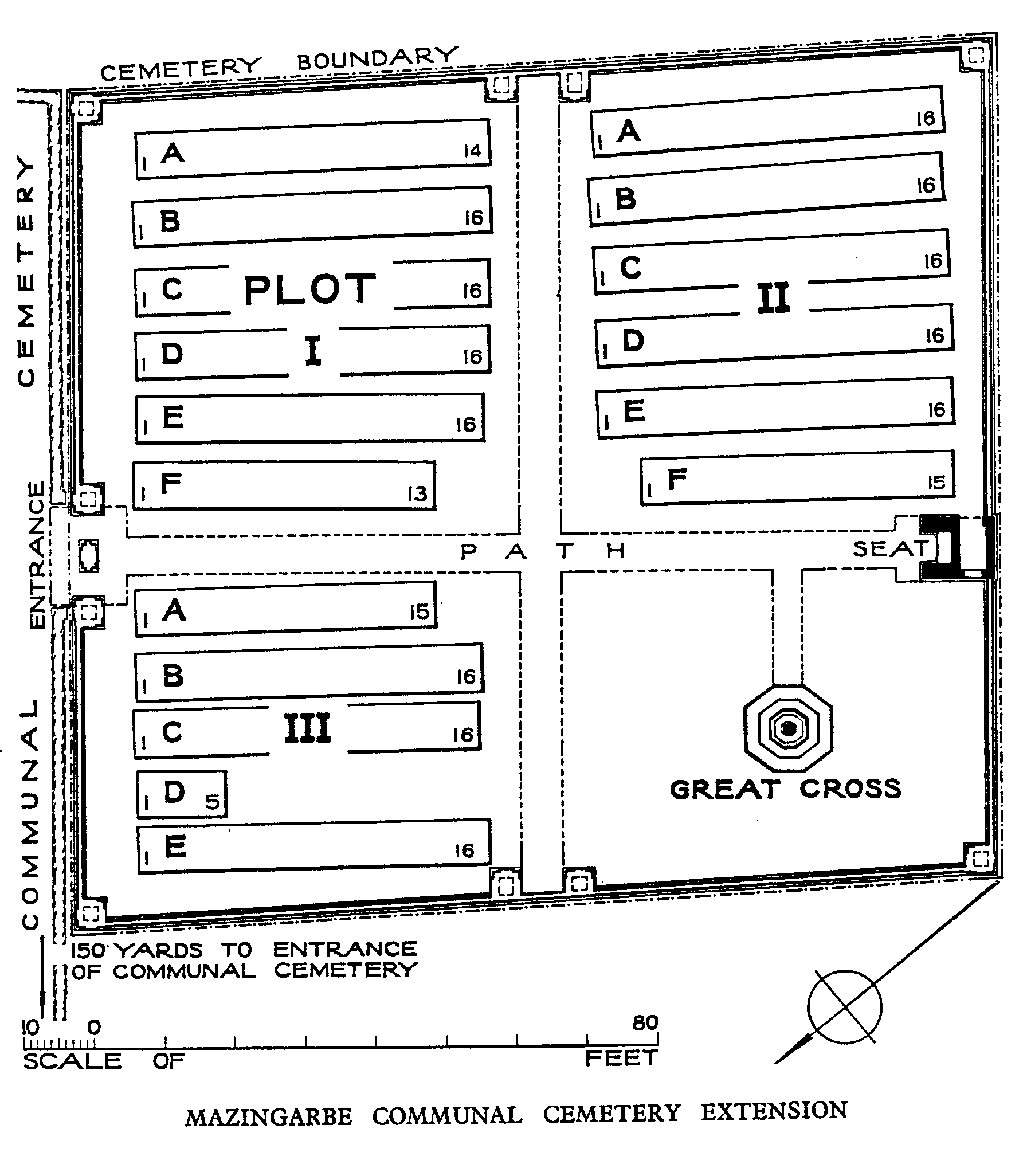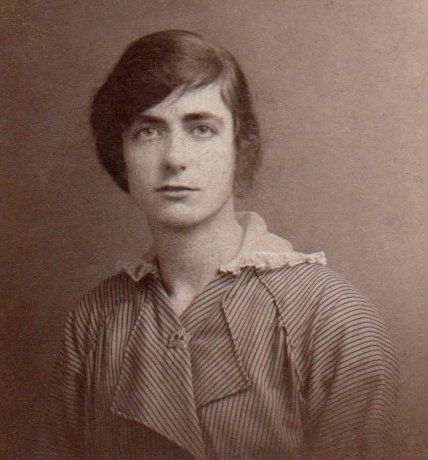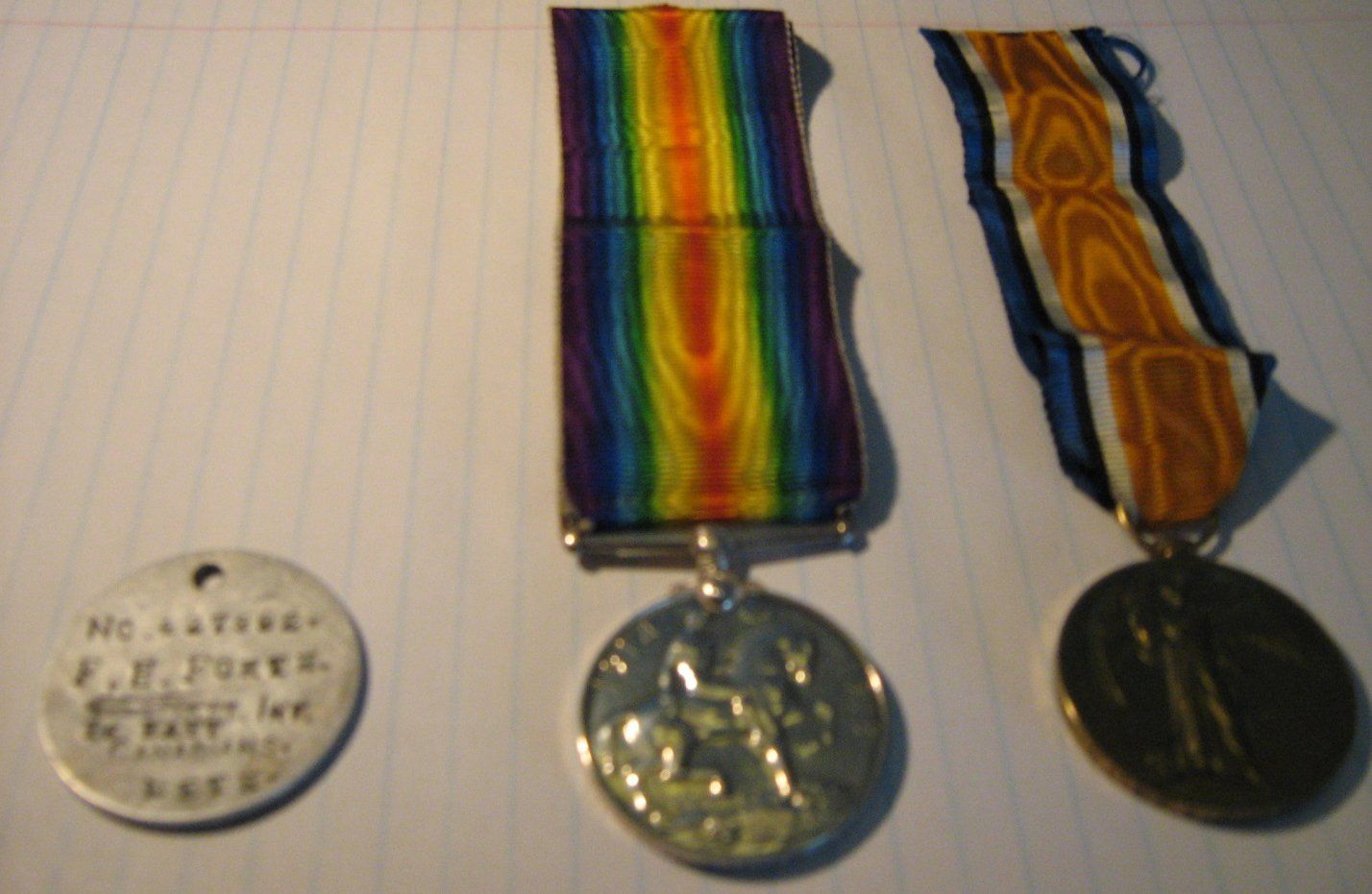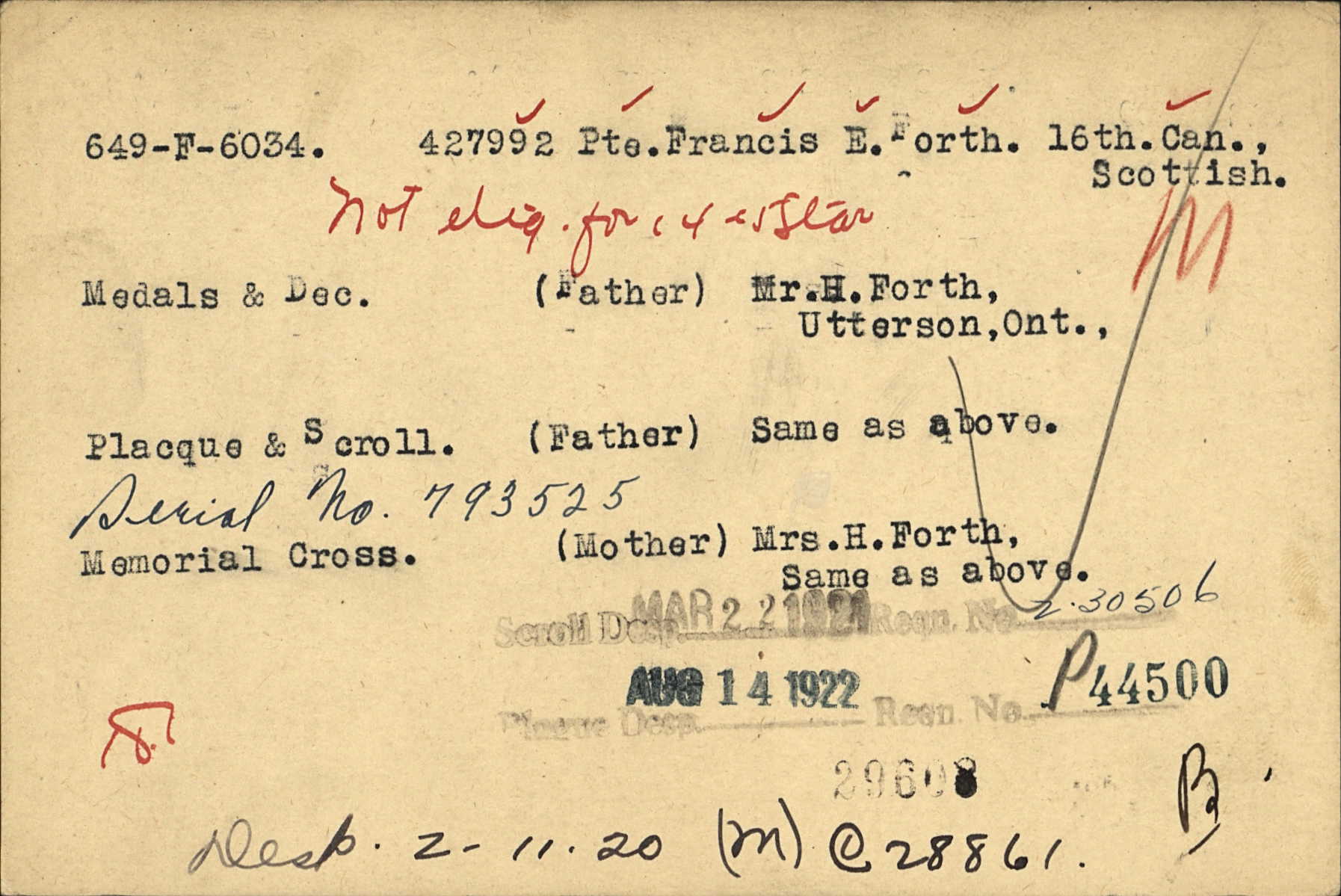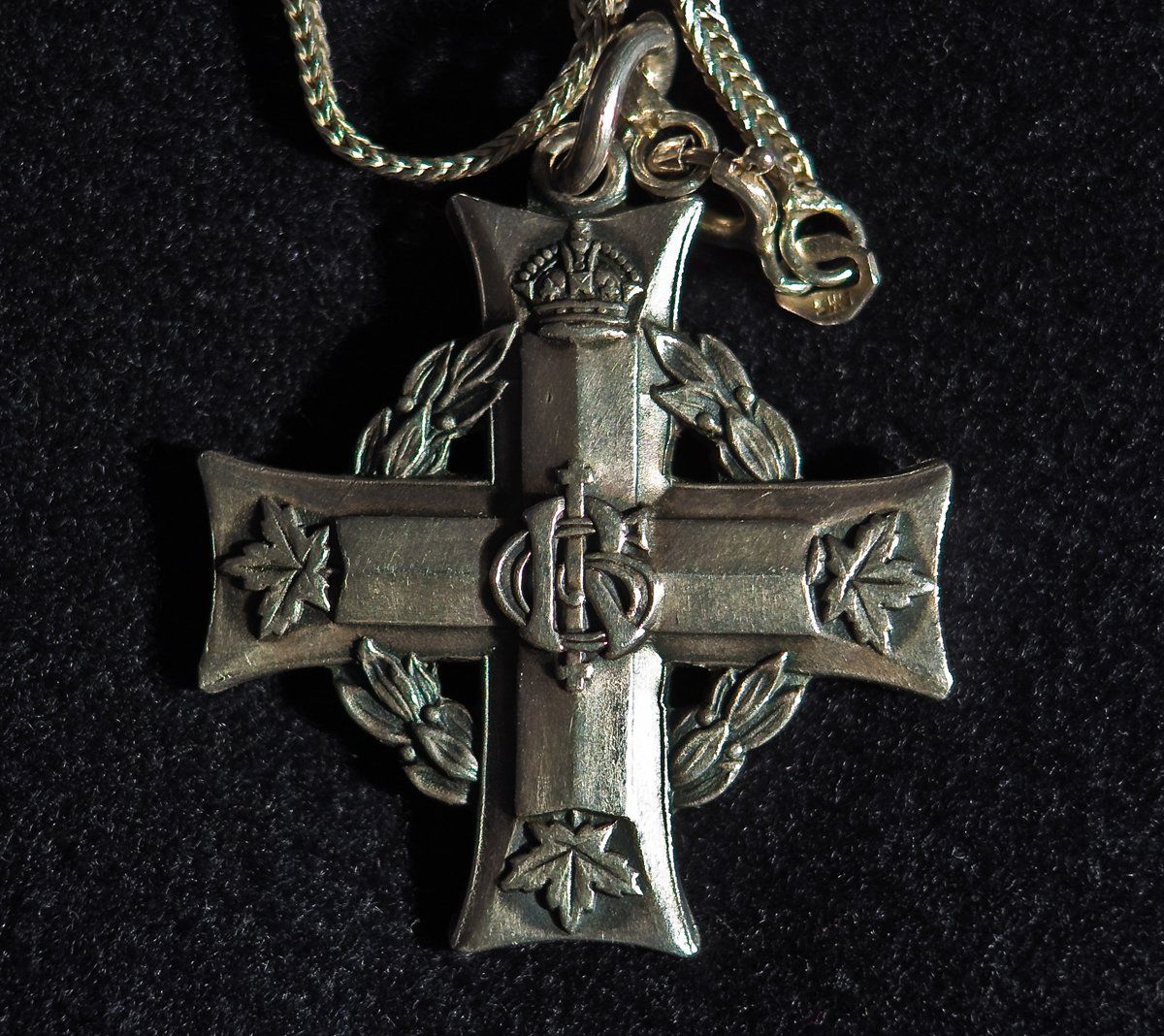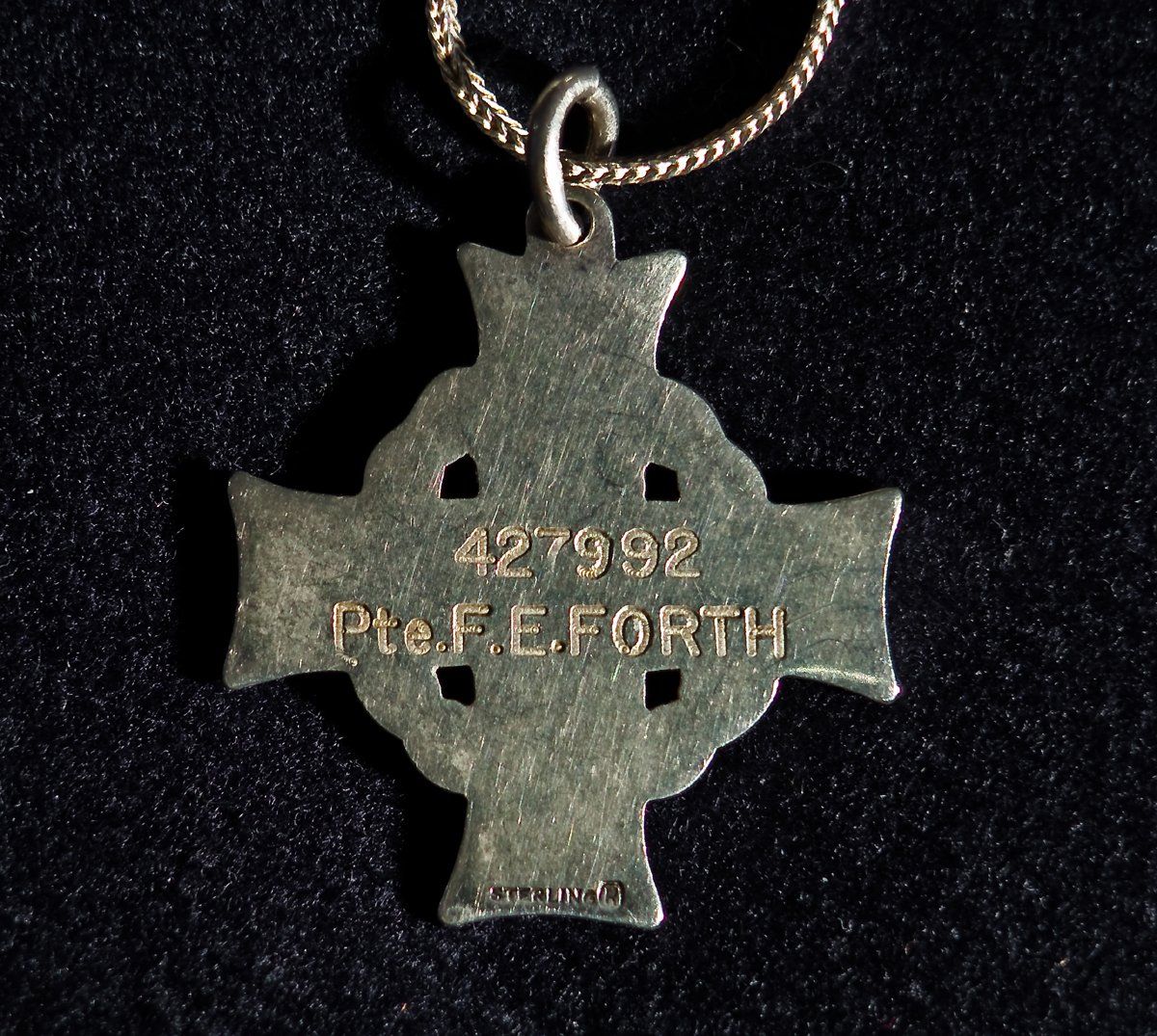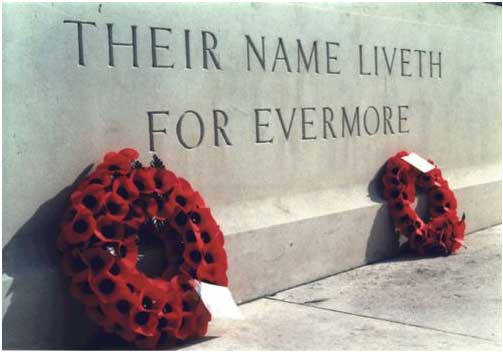Francis Edmond Forth
My grandmother, Edna Prosser, and great aunt, Viola Forth, told the story of how Frank’s death impacted his girlfriend at the time. Her name was Daisy Sorrell and she had a full head of very dark hair. As the story goes, Daisy awoke the morning after hearing that Frank had died overseas, looked in a mirror, and discovered that her hair had turned white overnight. I have no idea how accurate this accounting was, but I am sure Daisy felt her life would never be the same.
As the average age of Canadian casualties in WWI was 27 (from the Canadian Great War Project), there were many young women like Daisy who faced the loss of a loved one.
My cousin, Melody, is in possession of Frank’s identification tag and two medals that he received for his efforts in WWI. She sent me this photo.
Frank’s mother received the Memorial Cross, which is more commonly referred to as the Silver Cross. The Silver Cross was and still is awarded to mothers and widows of Canadian soldiers who died while on active duty.
“The National Memorial (Silver) Cross Mother is chosen annually by the Royal Canadian Legion to represent the mothers of Canada at the National Remembrance Day Ceremony in Ottawa on November 11. She will lay a wreath at the base of the National War Memorial on behalf of all mothers who lost children in the military service to their nation. During her year-long tenure, which begins on November 1st, she performs other official duties, as required.” ( http://www.veterans.gc.ca/eng/remembrance/memorials/books/silver )
This beautiful cross was handed down to me by my father at the request of my grandmother, Edna Forth Prosser, and my great aunt, Viola Forth. It was given to my daughter on her 40th birthday, and I hope it will be passed along to a grandchild when the time is right.
To me, it is sad that most of the information I have found about the life of Francis Edmond Forth is actually information about his death! What I do know is that he loved and he was loved. Maybe that makes him luckier than many. Every year, I wore his mother's Silver Cross on Remembrance Day, and I remembered someone I never actually knew who gave the ultimate sacrifice - for me and for so many others.
